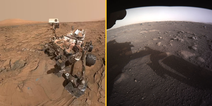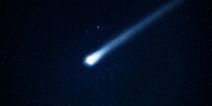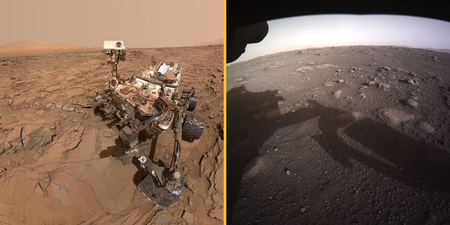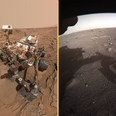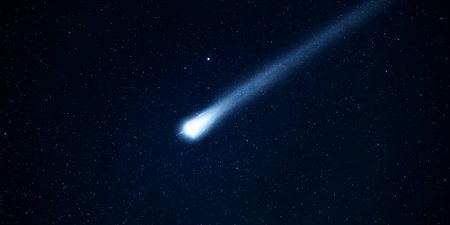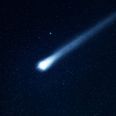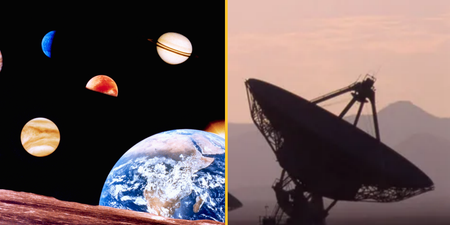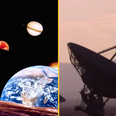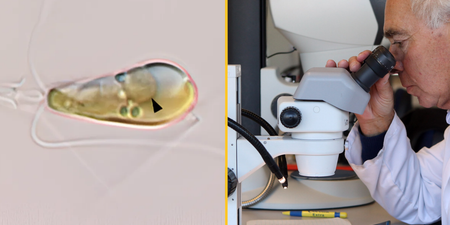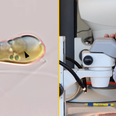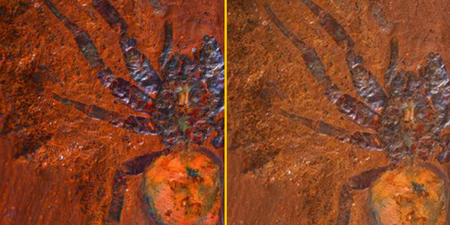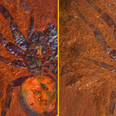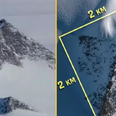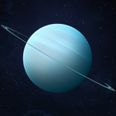NASA has shared a new image of a ‘Christmas Tree’ star cluster roughly 2,500 light-years from Earth.
The swarm of gas and stars is called NGC 2264, but has been dubbed the ‘Christmas Tree Cluster’ by the space agency.
Along with the green hue of the cluster, there are even dots of other colours resembling baubles, and a literal star at the top of the tree.
The stars making up the celestial body are aged between one million and five million years old, but this still makes them ‘young’ stars.
The image left people stunned after NASA shared it on their social media.
One person labelled it an “amazing Christmas Tree in the heavens,” with another described it “awe-inspiring.”
Someone else wrote: “A cosmic masterpiece mirroring the wonder of life here on Earth. How amazing is it that through the power of science we are able to witness these wonders?”
And a fourth commented: “It’s like a sci-fi movie scene!”
In a post on their website, NASA explained that “the cluster’s resemblance to a Christmas tree has been enhanced through image rotation and color choices.”
The space agency said: “The blue and white lights (which blink in the animated version of this image) are young stars that give off X-rays detected by NASA’s Chandra X-ray Observatory.
It continued: “Optical data from the National Science Foundation’s WIYN 0.9-meter telescope on Kitt Peak shows gas in the nebula in green, corresponding to the ‘pine needles’ of the tree, and infrared data from the Two Micron All Sky Survey shows foreground and background stars in white.
“This image has been rotated clockwise by about 160 degrees from the astronomer’s standard of North pointing upward, so that it appears like the top of the tree is toward the top of the image.”
The size of the stars making up the cluster varies massively, with some of them less than a tenth of the mass of our Sun and others about seven times bigger.
Related links:
NASA finds ‘otherworldly’ wreckage on Mars’ surface
Saturn’s rings will ‘disappear’ in a matter of months, NASA confirms

